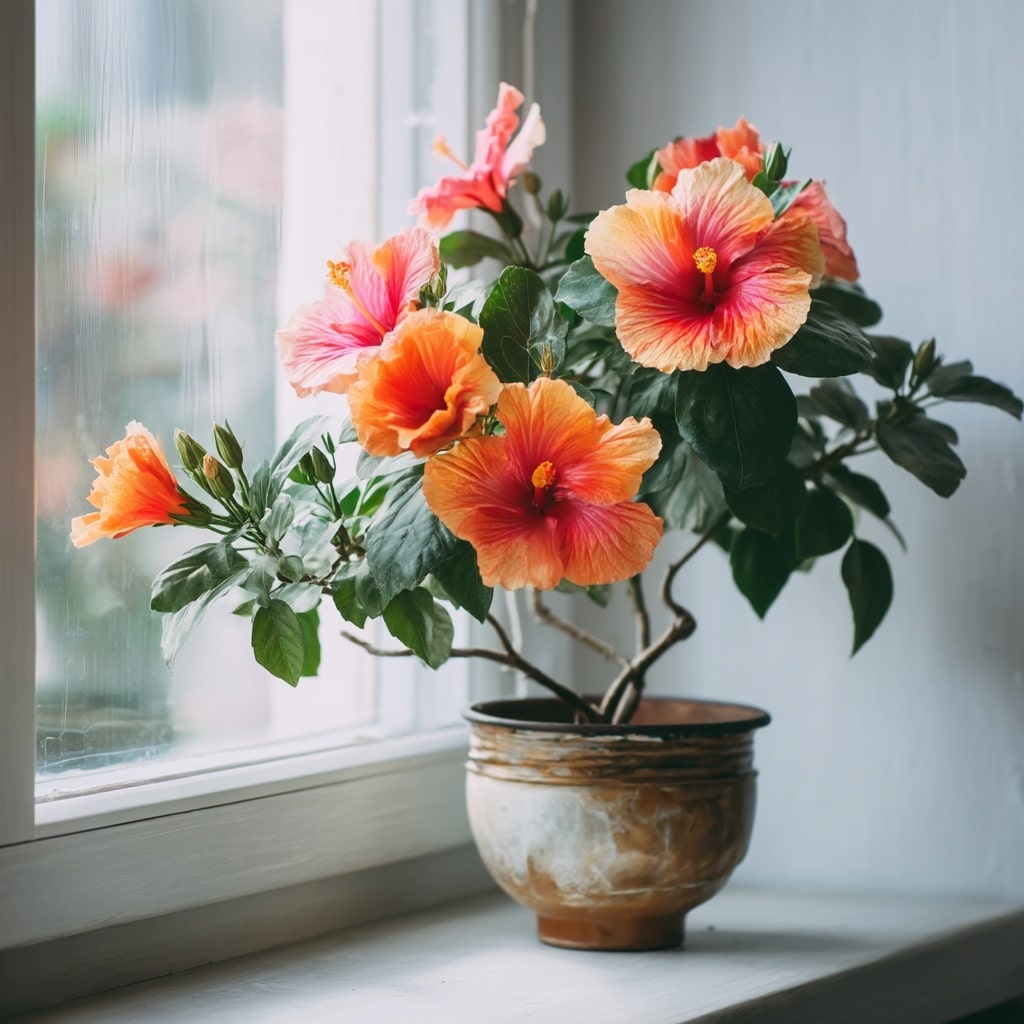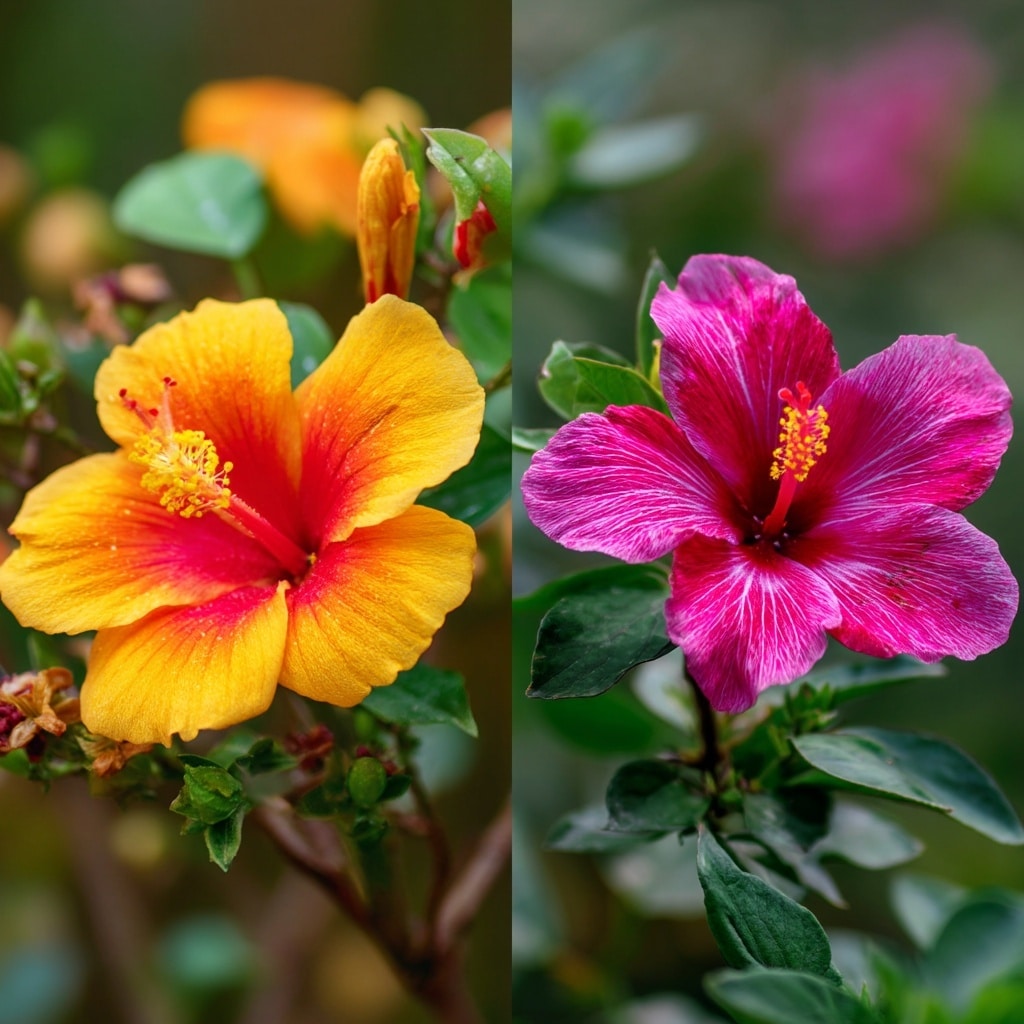Hibiscus is one of the most captivating flowering plants you can grow, known for its vibrant petals and tropical charm. Whether lining garden borders or flourishing in pots on sunny balconies, hibiscus offers bold beauty with surprisingly little effort. But have you ever wondered when hibiscus blooms and how to make the most of its flowering season? Understanding the hibiscus flower season is key to keeping your plants healthy and your garden glowing with color. In this guide, you’ll discover seven essential facts about when hibiscus flowers bloom, what influences their timing, and simple care tips to help them thrive longer.
Table of Contents
1. Hibiscus Flower Season Varies by Type
The blooming season of hibiscus depends heavily on the variety you’re growing. There are three main types commonly found in gardens around the world, and each has its own flowering timeline.
- Tropical Hibiscus (Hibiscus rosa-sinensis) flourishes in warm, humid environments. In tropical regions like Southeast Asia, the Caribbean, and Hawaii, this type can bloom nearly year-round. However, peak flowering usually occurs during late spring through fall, when temperatures and sunlight are at their highest.
- Hardy Hibiscus (Hibiscus moscheutos) is more suited to cooler climates. Unlike its tropical cousin, it blooms from late spring to early fall, with the most intense flowering in midsummer. It’s a great choice for gardeners in zones where winters get cold, as it can tolerate frost once dormant.
- Roselle Hibiscus (Hibiscus sabdariffa), often grown for its edible calyces used in tea, produces flowers in late summer to early fall. Though short-lived, the blooms are prolific and striking, offering a double benefit: visual appeal and culinary use.
Knowing the variety of hibiscus you’re growing helps you plan your care routine and set expectations for its seasonal cycle.
2. Each Hibiscus Bloom Only Lasts One Day
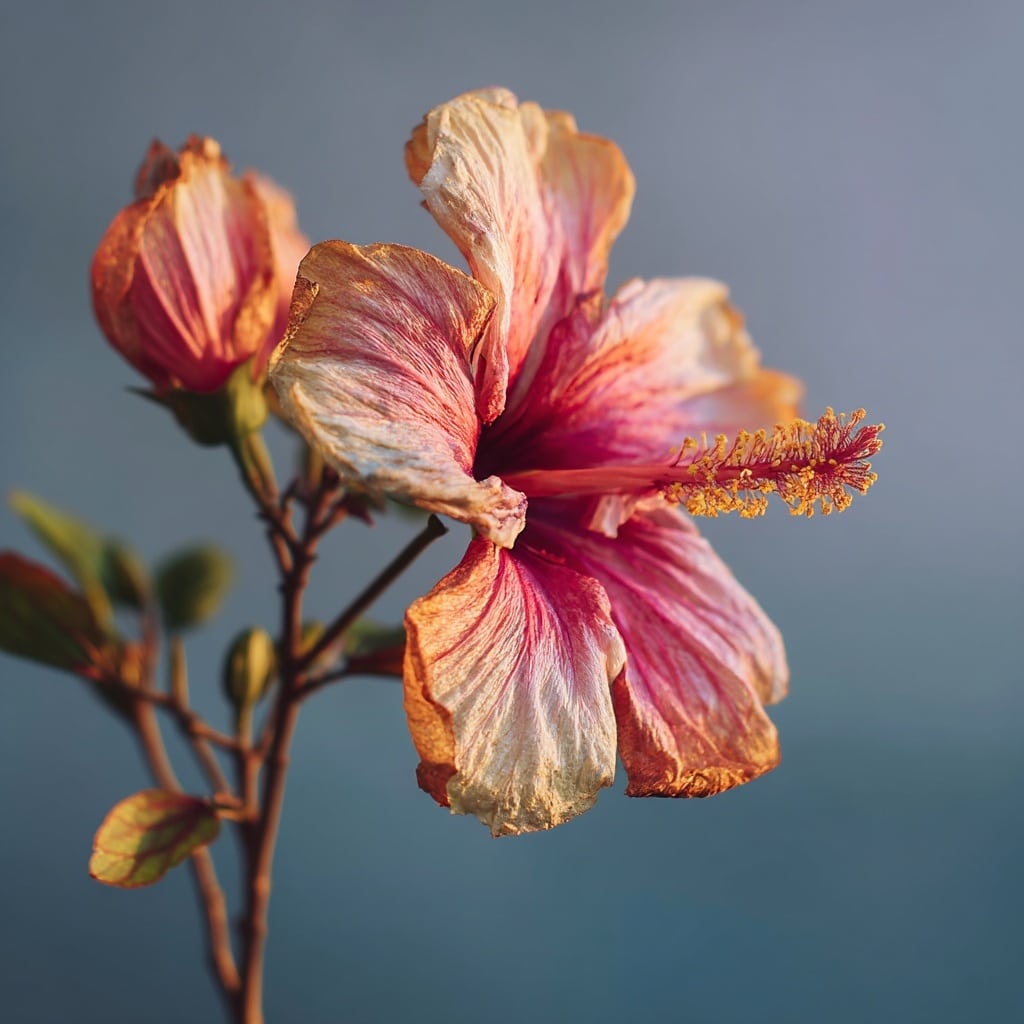
One of the most surprising facts about hibiscus is how short each individual bloom lives—just one day. But don’t worry—this doesn’t mean your plant stops blooming overnight.
Most hibiscus varieties are prolific bloomers, constantly producing new buds throughout the flowering season. As one bloom fades, another opens, creating a continuous display of color for weeks or even months.
This quick bloom cycle is a natural feature of the plant. Hibiscus flowers are designed for rapid growth and renewal, conserving energy by focusing on producing frequent, short-lived blossoms instead of maintaining long-lasting ones.
To keep your hibiscus looking vibrant, gently remove faded blooms each day. This simple step, known as deadheading, helps redirect the plant’s energy into forming new flowers and keeps the shrub neat and tidy.
3. Warm Climates = Longer Bloom Time

The length of the hibiscus blooming season is largely influenced by climate. In warm, tropical, or subtropical regions, hibiscus plants can bloom almost year-round, especially when well cared for. These ideal conditions—consistent warmth, humidity, and plenty of sun—mimic the plant’s native environment and encourage prolonged flowering.
In contrast, gardeners in cooler climates will notice a shorter season, typically spanning from late spring to early fall. As temperatures begin to drop, hibiscus plants naturally slow down and may enter dormancy during winter months.
For those in colder areas, it’s helpful to think of hibiscus as a seasonal star—bursting with color in the warmer months, then taking a restful break once the chill sets in.
If you want to maximize bloom time in any climate:
- Ensure your plant gets at least 6 hours of sunlight daily
- Water consistently during warm spells
- Use a potassium-rich fertilizer to support blooming
A warm environment doesn’t just extend the season—it enhances the quality and intensity of each hibiscus bloom.
4. Temperature Plays a Key Role
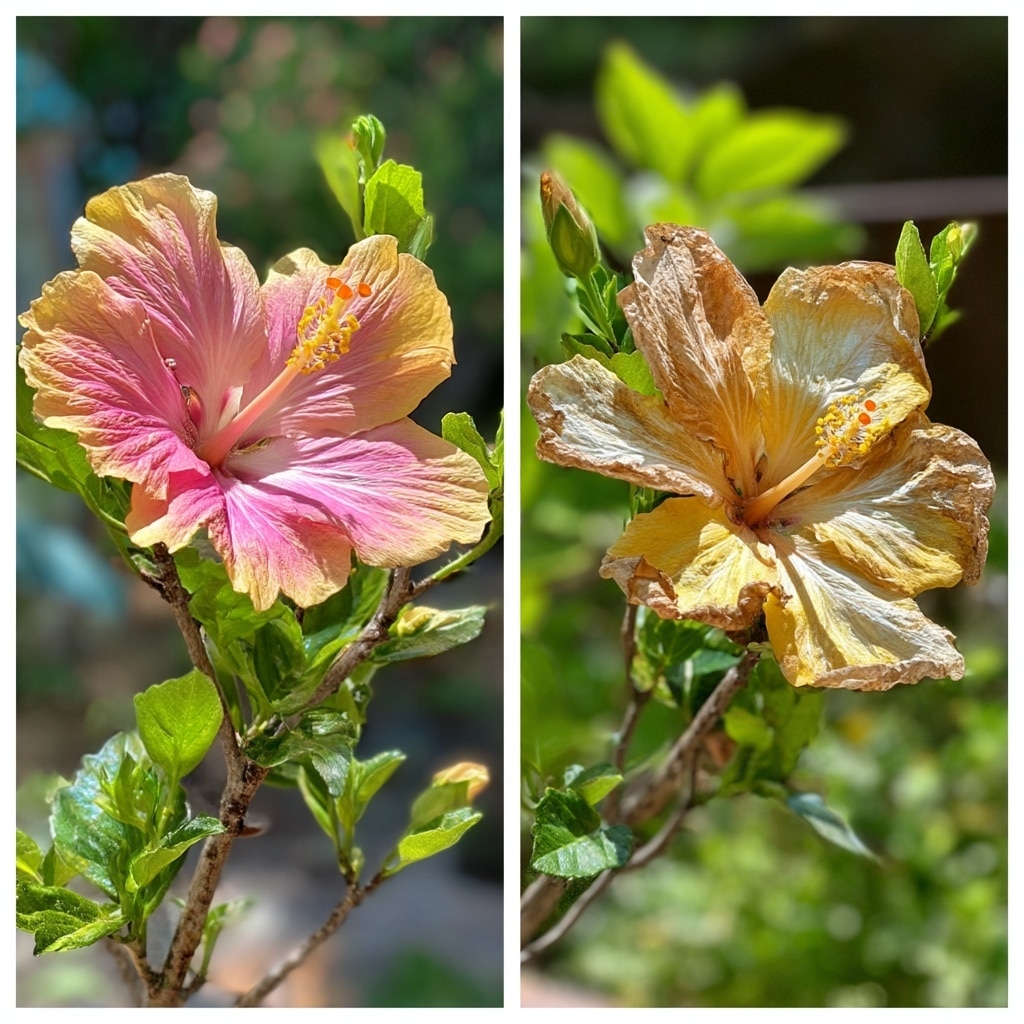
Temperature is one of the most important factors in determining whether your hibiscus plant will bloom—or go dormant. These tropical beauties thrive in daytime temperatures between 65°F and 85°F (18°C to 29°C). Once the thermometer drops below 50°F (10°C), most hibiscus varieties begin to slow down, and flowering may completely stop.
Extended exposure to cold can stress the plant, reduce bud production, or even lead to leaf drop. Hardy hibiscus types can tolerate a frost or two, but tropical varieties are much more sensitive and should be protected or brought indoors before nighttime temperatures dip too low.
For indoor growers or those using containers, here are a few care tips during cooler months:
- Move hibiscus indoors or into a greenhouse before the first frost
- Keep them near a sunny window or use grow lights to supplement light
- Maintain room temperatures above 60°F (15°C) for best results
By keeping your hibiscus warm and cozy, you’ll help it stay healthy and bloom again once the growing season returns.
5. Daylight and Sunlight Requirements
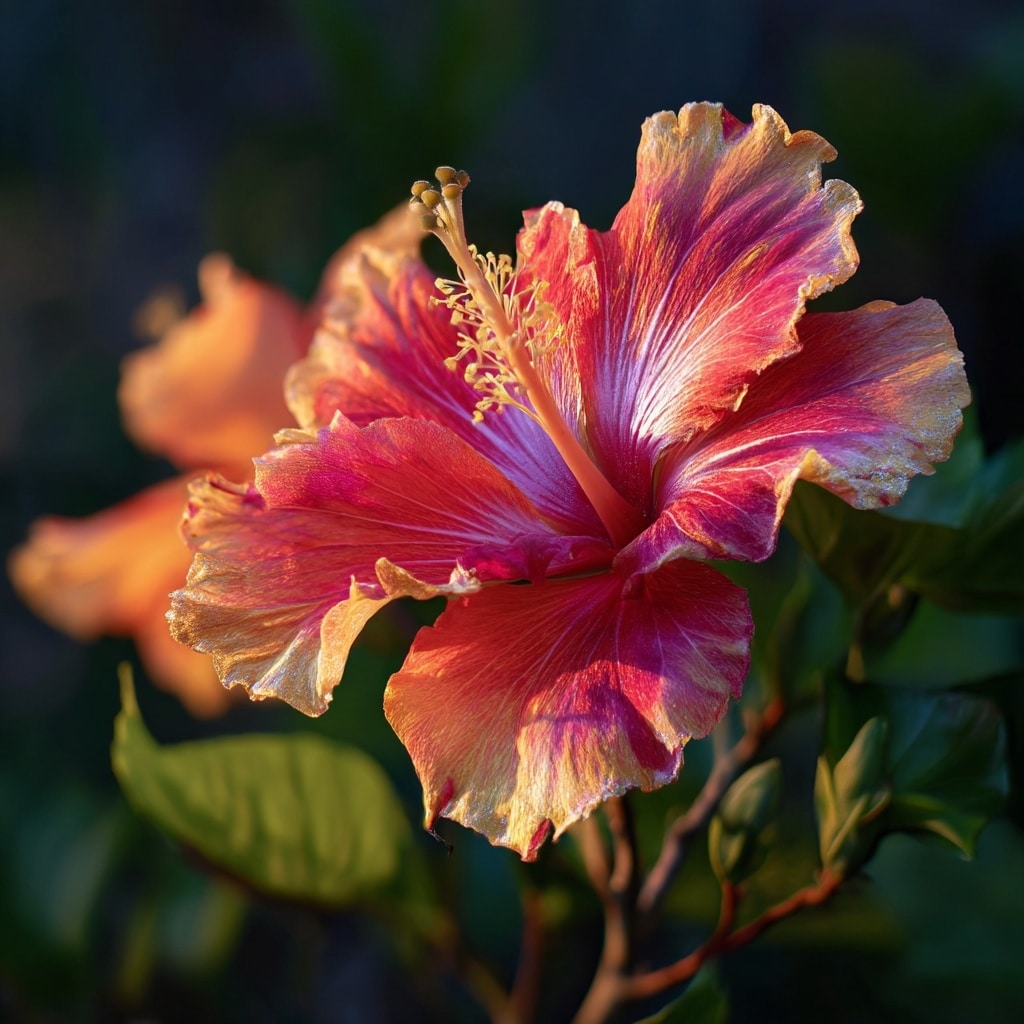
For lush growth and vibrant blooms, hibiscus needs plenty of direct sunlight—ideally at least six hours per day. This sun-loving plant depends on light not just for photosynthesis, but also to trigger its flowering cycle.
In tropical and subtropical regions, where days are long and sunny, hibiscus tends to bloom more frequently and with greater intensity. During late spring and summer, when daylight hours exceed 12 hours, you can expect your hibiscus to produce wave after wave of blossoms.
As fall approaches and daylight fades, flowering naturally tapers off. In fact, shorter days can send a signal to the plant that it’s time to enter dormancy, especially in cooler climates.
If you’re growing hibiscus indoors or in a low-light area:
- Place it in the sunniest window possible (south-facing is best)
- Rotate the plant regularly to ensure even growth
- Consider using a grow light to simulate long daylight hours
Light is life for your hibiscus—the more it receives, the more it rewards you with stunning blooms.
6. Pruning Helps Extend Blooming

One of the easiest ways to encourage longer and more frequent flowering in hibiscus plants is through proper pruning. By trimming back old or weak growth, you stimulate the plant to produce new branches, which are where fresh flower buds form.
Pruning isn’t just about shaping the plant—it’s about boosting its energy efficiency. Removing dead stems and spent flowers (a process called deadheading) helps the plant redirect its resources into new blooms rather than seed production.
Best times to prune your hibiscus:
- Late winter or early spring, just before the growing season begins
- After a flush of blooms, to encourage the next wave of buds
- Light pruning during the season can help manage shape without stress
Pro tip: Avoid cutting too much at once. A good rule of thumb is to trim back no more than 20–30% of the plant at a time.
Consistent pruning not only improves blooming—it keeps your hibiscus full, bushy, and thriving season after season.
7. Indoor Hibiscus Can Bloom All Year

If you live in a region with cold winters or unpredictable weather, growing hibiscus indoors is a smart way to enjoy blooms beyond the outdoor season. With the right setup, even tropical varieties can flower year-round inside your home.
The key to success is replicating the conditions hibiscus loves outdoors:
- Bright light: Place the plant near a sunny window or use full-spectrum grow lights
- Consistent warmth: Keep indoor temperatures between 65–85°F (18–29°C)
- Humidity: Use a humidifier or mist the plant to mimic its native environment
- Regular feeding: A balanced, slow-release fertilizer helps support blooming indoors
One added bonus of indoor growing is protection from common outdoor pests like aphids or whiteflies. Just be sure not to overwater—hibiscus prefers evenly moist but well-drained soil.
With care and consistency, your indoor hibiscus can reward you with bright, tropical blooms—even when it’s snowing outside.
Conclusion: Enjoying the Hibiscus Bloom Season
The beauty of hibiscus lies not just in its show-stopping flowers, but also in its rhythm—bursting with color during warm, sunny months and resting through the colder ones. By understanding the specific needs of your hibiscus variety, from sunlight and temperature to pruning and care, you can enjoy healthier plants and longer blooming periods.
Whether you grow them outdoors in a tropical garden or indoors on a sunny windowsill, hibiscus flowers bring a bright and joyful energy to any space. And with just a bit of care, they’ll keep blooming again and again—one vibrant day at a time.


